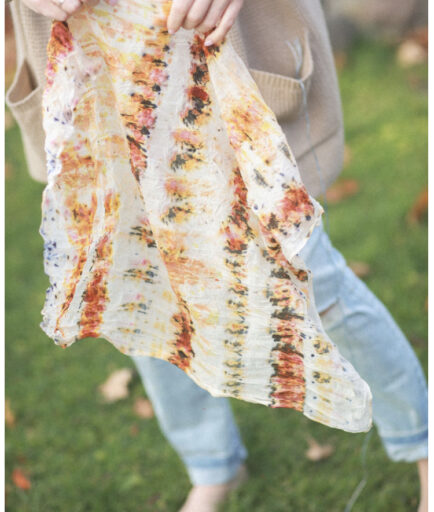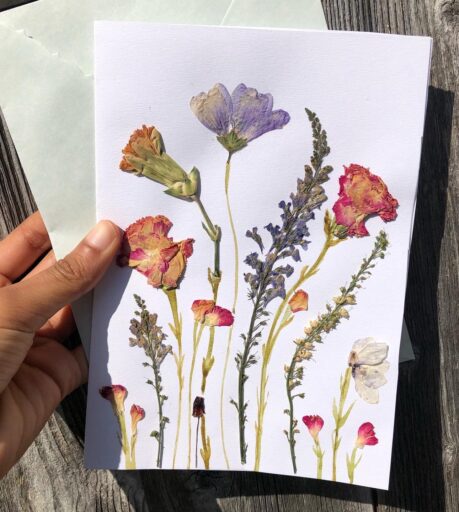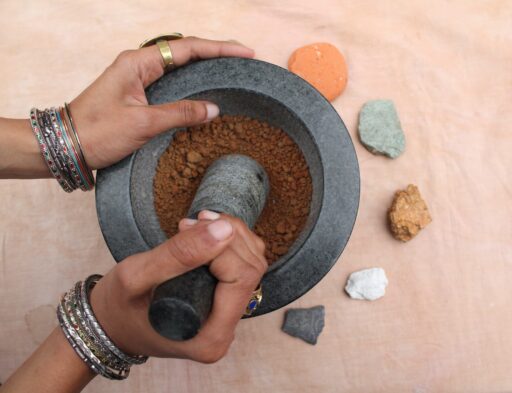Cultivating Creativity and Community
My role as a facilitator is to gently invite participants to connect, play with materials, imagine, question, and learn through making.
We start with pulling at loose threads and unraveling the binaries. Creativity takes over, and our hands start to speak in an ancient language of knowing. We leave behind judgment, perfectionism, rigidity, and the need to control. We embrace the unknown, the sensory, the fantastical, and the embodied. The plants and pigments are our guides. They remind us that we are them and they are us.
Workshops are typically 2-3 hours long and can be tailored to the needs and goals of the organization and group.
Thank you to the Ontario Arts Council Skills and Career Development Grant for supporting the development of these workshops, with support from my mentor Sheniz Janmohamed.

Natural Dye Workshop
This workshop will consider cloth, colour and the environment in our current global context, and how reclaiming natural dye knowledge can lead to more seasonal and cyclical textile systems embedded in our local ecology

Floral Folklore – Pressed Flower Workshop
In this workshop, we will consider our visceral connection to flowers through poetry and floral folklore from cultures around the world.

Places of Comfort – Sculptural Storytelling
We all have a place of comfort, whether real or imagined. In this workshop, we will creatively reflect upon this theme through writing and drawing.

Colours of The Land – Making Earth Pigments
Connect with the colours of the earth and create watercolour paints with ochres, clays, and charcoal. Learn about gathering and creating wild pigments, working with local binders, and painting on wild surfaces.

Plant Alchemy – The Natural Ink Workshop
In this workshop, we will dive into stories and folklore around colour, the labour-intensive ways that colour was derived, and the ephemerality of some natural colours.